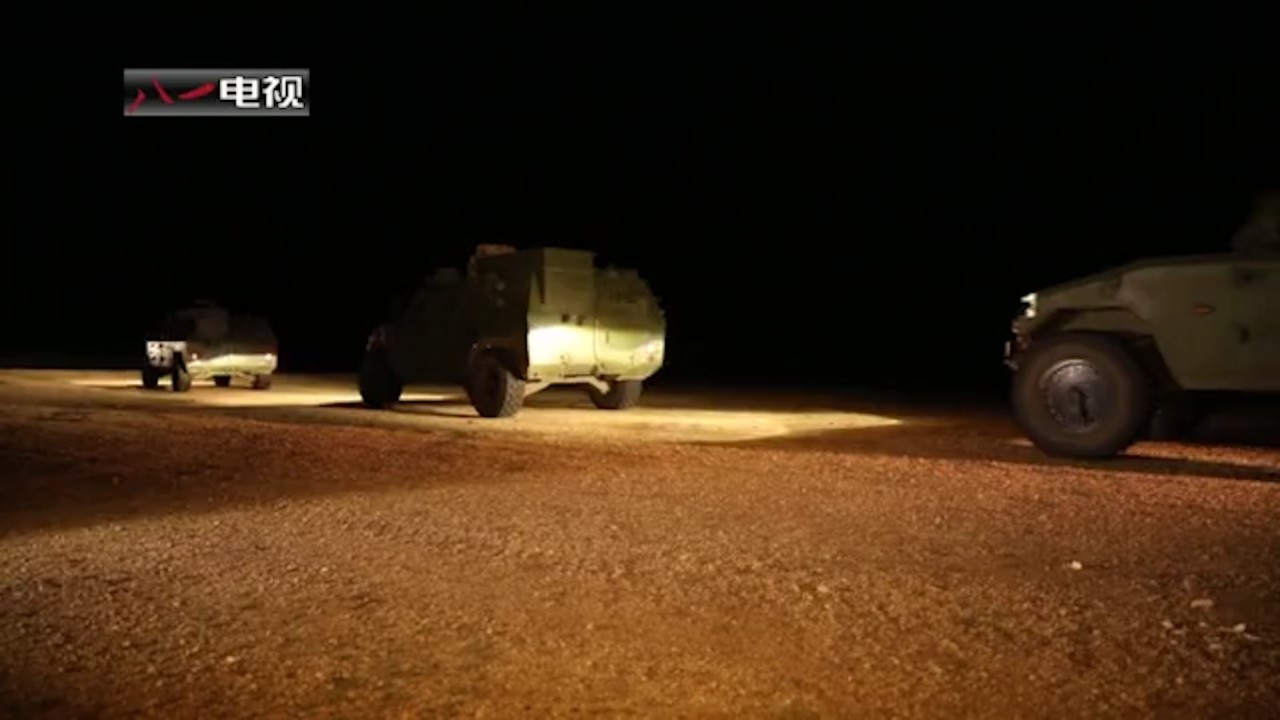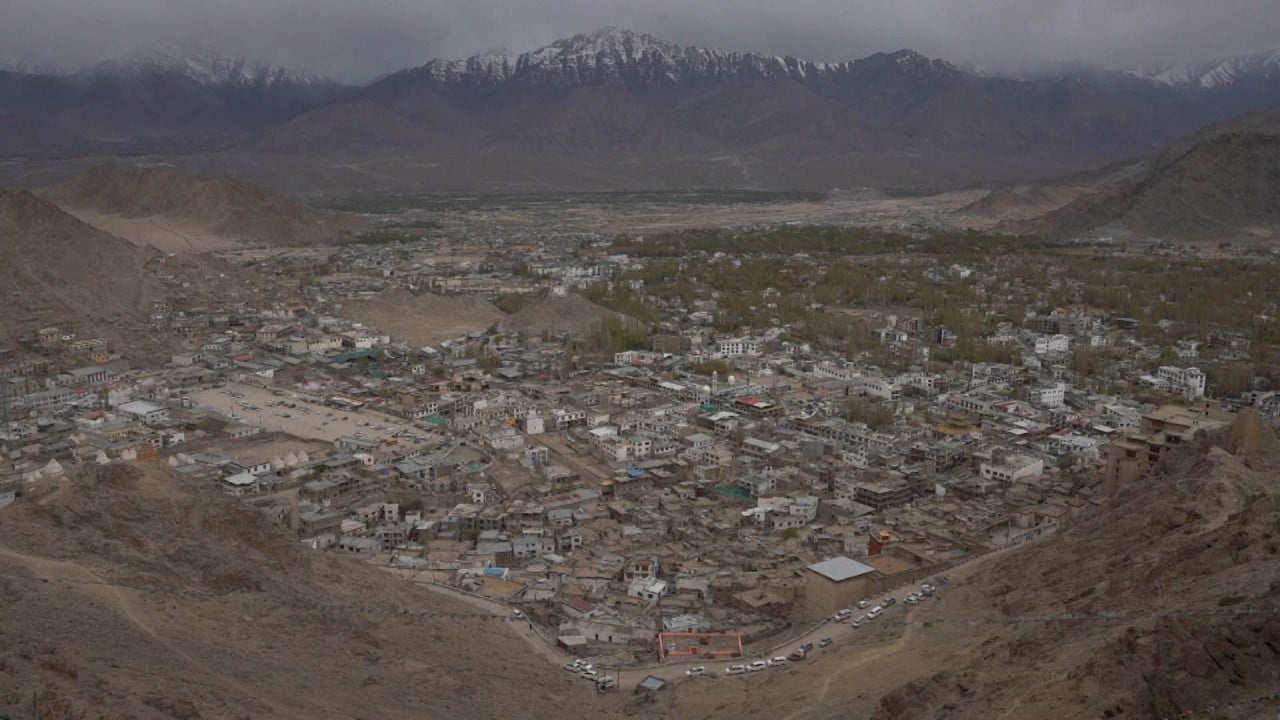
PLA holds high altitude exercise as China-India border tensions continue
- The recent drill in Tibet included drones and explosives to put troops to test in extreme, complicated situations
- Exercise follows border clash between Chinese and Indian soldiers in the Himalayas
China’s state-run broadcaster CCTV reported on Monday that a PLA scout unit had in recent days mobilised towards a target in the Tanggula Mountains at an altitude of 4,700 metres (15,420 feet) using night vision devices on their vehicles to avoid drone surveillance from the “enemy side”.
The Chinese troops had sent drones and dropped explosives when they saw blocks set up by the enemy, the report said. Ma Qian, a commander of the scout battalion, was quoted as saying more than 2,000 munitions, including rifle grenades and rockets, were fired during the drill. He said the drills tested troops’ ability to operate in extreme, complicated situations and to use new equipment.
Soldiers from both sides were wounded in the clash involving fist fights and stone-throwing at the important mountain pass near Tibet, the Indian Army said last month. Global Times, a Chinese tabloid affiliated with party mouthpiece People’s Daily, said China would take countermeasures and that the Indian Army had obstructed Chinese troops’ normal patrols and tried to change the status quo in the border area.
Neither country has protested over the clashes and Beijing has said the situation is under control, but observers said Beijing was on high alert over Indian activity in Aksai Chin because of its proximity to Xinjiang and Tibet.

01:46
PLA night training on 4,700-metre highland in Tibet
It was the first major clash between the two countries since the Doklam incident in 2017, when their troops faced off for more than 70 days. The Chinese military boosted its weapons suitable for use in the high altitude area after the incident, in a bid to overcome the problems of cold and lack of oxygen among troops and hardware.
Song Zhongping, a Hong Kong-based military affairs commentator, said it was inevitable the PLA would step up high altitude night drills because of the tensions with India.
“Regardless of whether the relationship between China and India is tense or not, it is necessary for the PLA to train troops and prepare for war,” he said.
“It is more urgent to boost combat missions in mountain plateaus, especially in all-weather combat capabilities.”

02:19
China-India border dispute fuelled by rise in nationalism on both sides
Song said night warfare would be a common military conflict in the future, and the PLA had to be prepared. “In light of the tension between China and India, the PLA has to strengthen military training,” he said.
But a Chinese military source, who requested anonymity, downplayed the significance of the use of drones to drop explosives during the drill, as shown in the CCTV video.
“It’s very dangerous because there are strong crosswinds on the Tibetan plateau, which would bring down small drones,” the insider said. “If the drones carry TNT explosives, that would absolutely kill our own troops if strong winds blew them back.”



